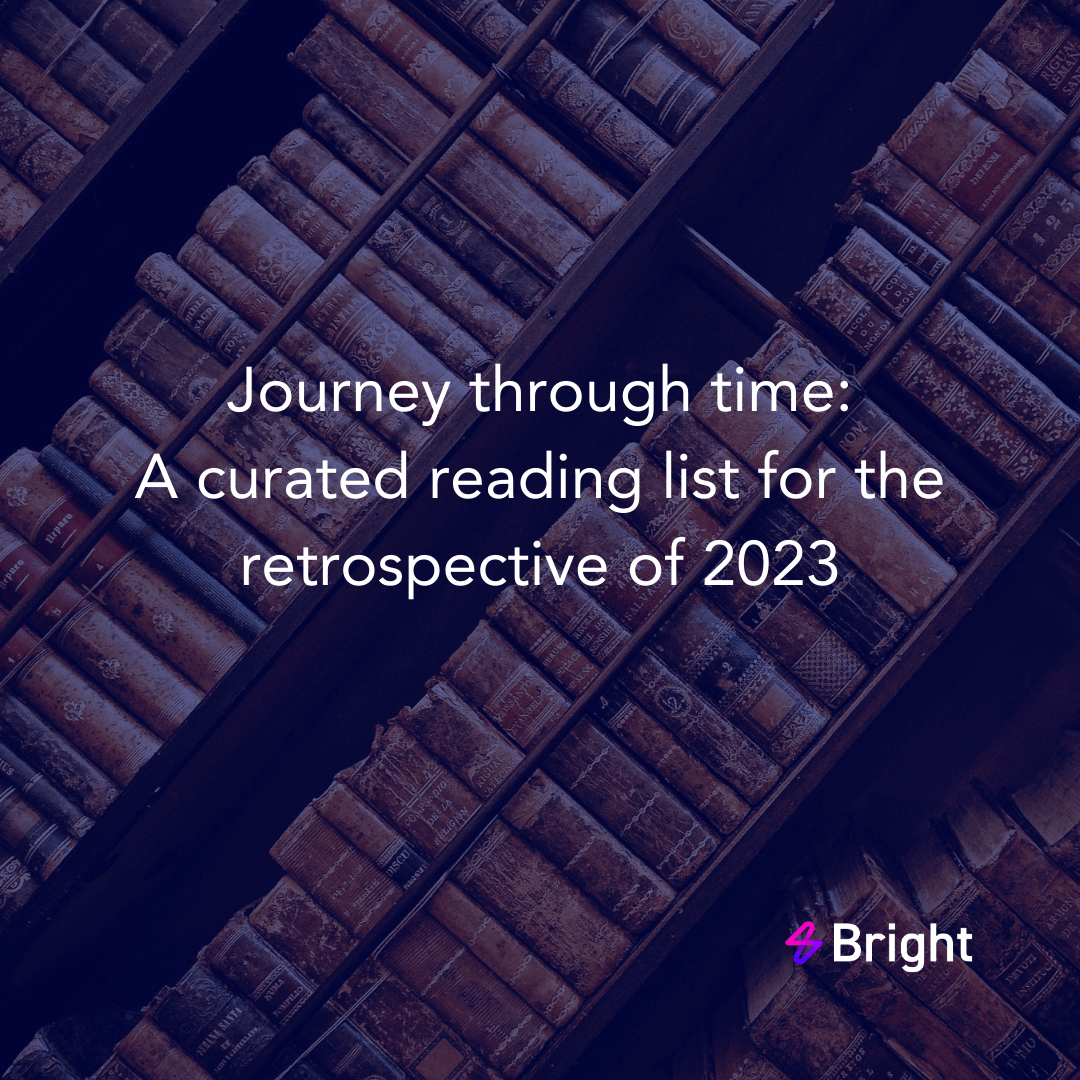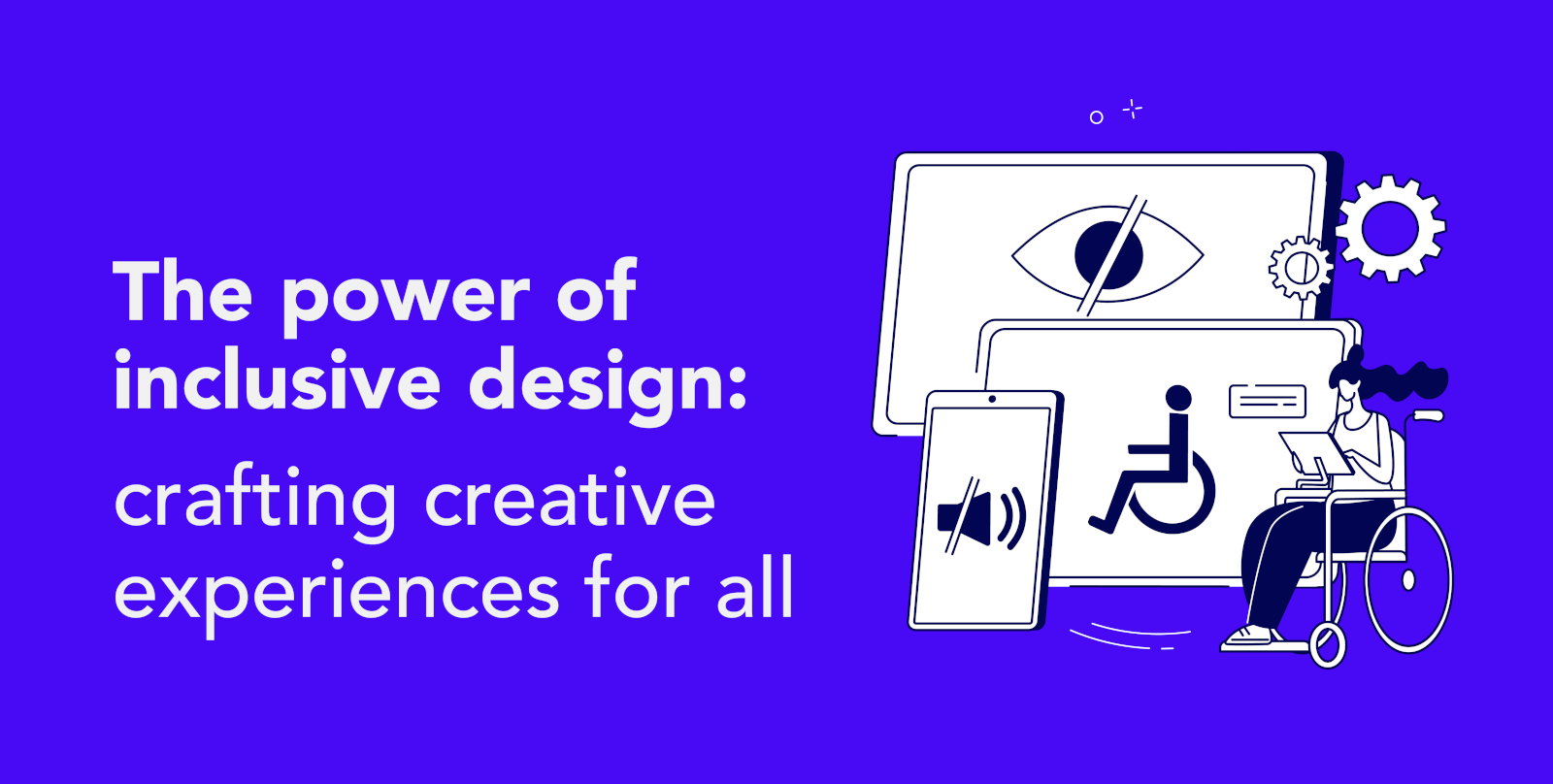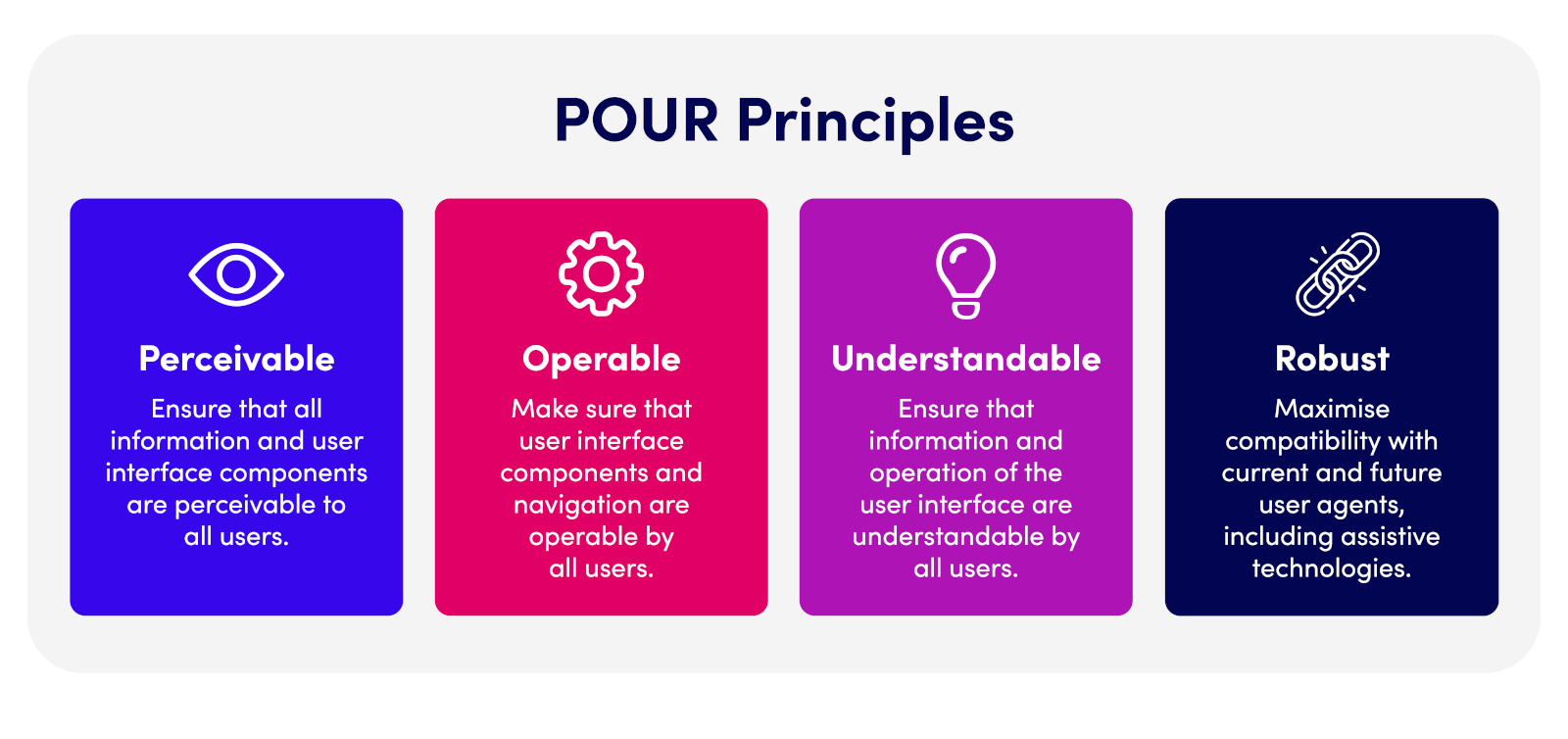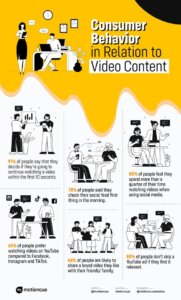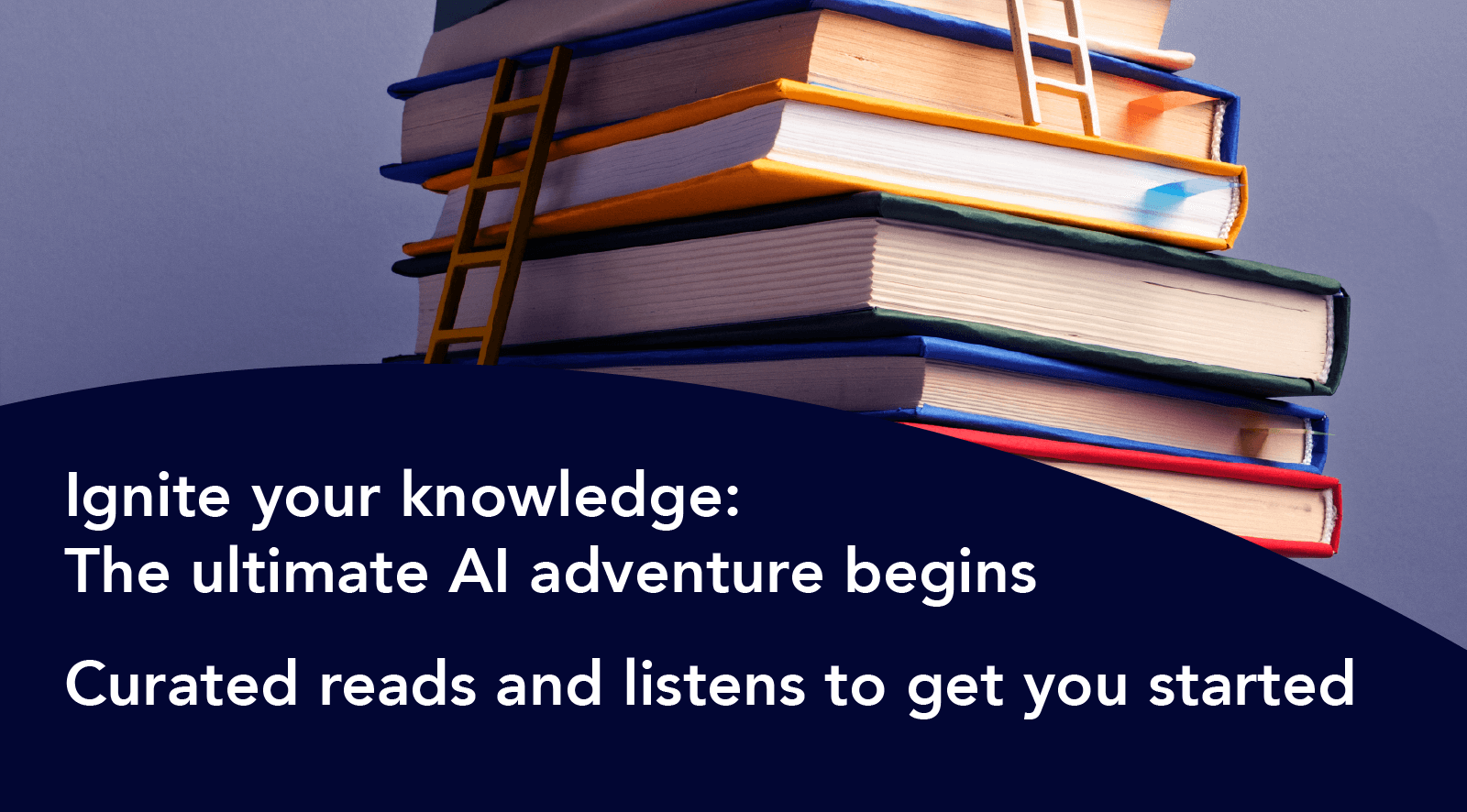In the fast-paced world of B2B marketing, staying ahead means being agile and focused. At Bright, we understand the challenges you face, from making the most of your martech & data to managing resources wisely. Our approach is about being smart with your strategy, how your teams work and making the most of your resources, ensuring you’re always driving towards measurable success.
For senior marketers navigating the complex terrain of B2B marketing, understanding the delicate balance between strategic alignment, collaboration, and customer lifecycle management is pivotal. The long sales cycles, high customer lifetime values, and the cumulative impact of brand investments necessitate a thoughtful approach to marketing strategy.
We’ve put together this guide as your roadmap to a more effective marketing strategy, crafted with agile marketing at its core.
Considerations before you start
Before diving into the actionable steps, it’s crucial to address the foundational elements that underpin marketing effectiveness in the B2B landscape:
Strategic alignment: Ensuring marketing strategies are directly linked to business goals is key (and obvious!). This alignment drives more focused and impactful marketing efforts but it’s easy for marketing teams to get bogged down in BAU so take a look at where your team is focusing it’s efforts.
Collaboration across revenue-generating functions: Marketing, sales, alliances and customer success teams must work in harmony, leveraging each other’s insights and collective KPIs and strategies to drive growth. Start with sales – this is a key stakeholder for making sure your marketing really achieves it’s potential.
Balancing Marketing priorities: Given B2B’s inherent long sales cycles and the significant value of customer relationships, it’s essential to appropriately distribute focus across acquisition, retention, and expansion.
Brand investment: Investing in your brand is vital for long-term success. However, may be hard to convince your CFO or CRO who is looking at much shorter time horizons in most cases. Investments bolster not just your market position, but they will improve the effectiveness of your demand generation activity. You’ll need to find measures (such as increased Lifetime value/ARR/Retention) that show impact on sales cycle, conversion rate etc over time so key stakeholders feel confident and can see how brand supports both immediate and future revenue streams.
With these considerations in mind, let’s explore practical steps to enhance your marketing effectiveness, starting with quick wins and evolving into comprehensive, long-term strategies.
Enhancing Marketing Effectiveness: Practical steps
Quick Wins for immediate impact
Refine your personas and messaging: Quickly audit your personas and make and adjust your messaging to ensure it’s resonating with your target audience. Clear, compelling messaging can significantly boost engagement and conversions
Optimise digital assets: Review your website and social media profiles for quick improvements. Simple updates can enhance user experience and SEO, driving more traffic and engagement
Reuse, repurpose and shatter content: Review and reuse your content – shatter into new derivatives and reuse across channels.
Leverage data insights: Use existing data to gain quick insights into customer behaviour and preferences, allowing for immediate adjustments to campaigns and strategies.
Strategic Initiatives for sustained growth
Develop agile marketing toolkits and playbooks: Create guides and resources based on successful strategies and tactics. These toolkits should be agile, allowing for quick adaptation as market conditions change. Consider how AI tools could help you here – creating or using marketing or persona based GPTs.
Invest in customer journey mapping: Deeply understand the paths your customers take. This investment helps in tailoring your marketing efforts for better acquisition, retention, and expansion outcomes.
Strengthen cross-functional collaboration: Establish regular touchpoints between marketing, sales, and customer success teams. Shared goals and insights lead to more effective and cohesive strategies. Consider how RevOps principals could help bring alignment and accelerate success.
Measure and adapt brand strategies: Continuously evaluate the impact of your brand investment, balancing short-term gains with long-term objectives. This approach ensures your brand remains a powerful asset in achieving business goals and amplifies your demand generation efforts.
It’s an infinite game
For senior B2B marketers, the path to enhanced marketing effectiveness is multi-faceted, requiring a balance of strategic foresight, agile execution, and continuous adaptation. Backed up with a growth culture and a focus on test and learn to enable innovation to flourish and support your goals. By focusing on both quick wins and strategic, long-term initiatives, you can ensure your marketing efforts contribute significantly to your business’s growth and success.
To further explore strategic alignment, collaborative strategies, or agile marketing methodologies, contact the Bright team for more in-depth guidance and support.

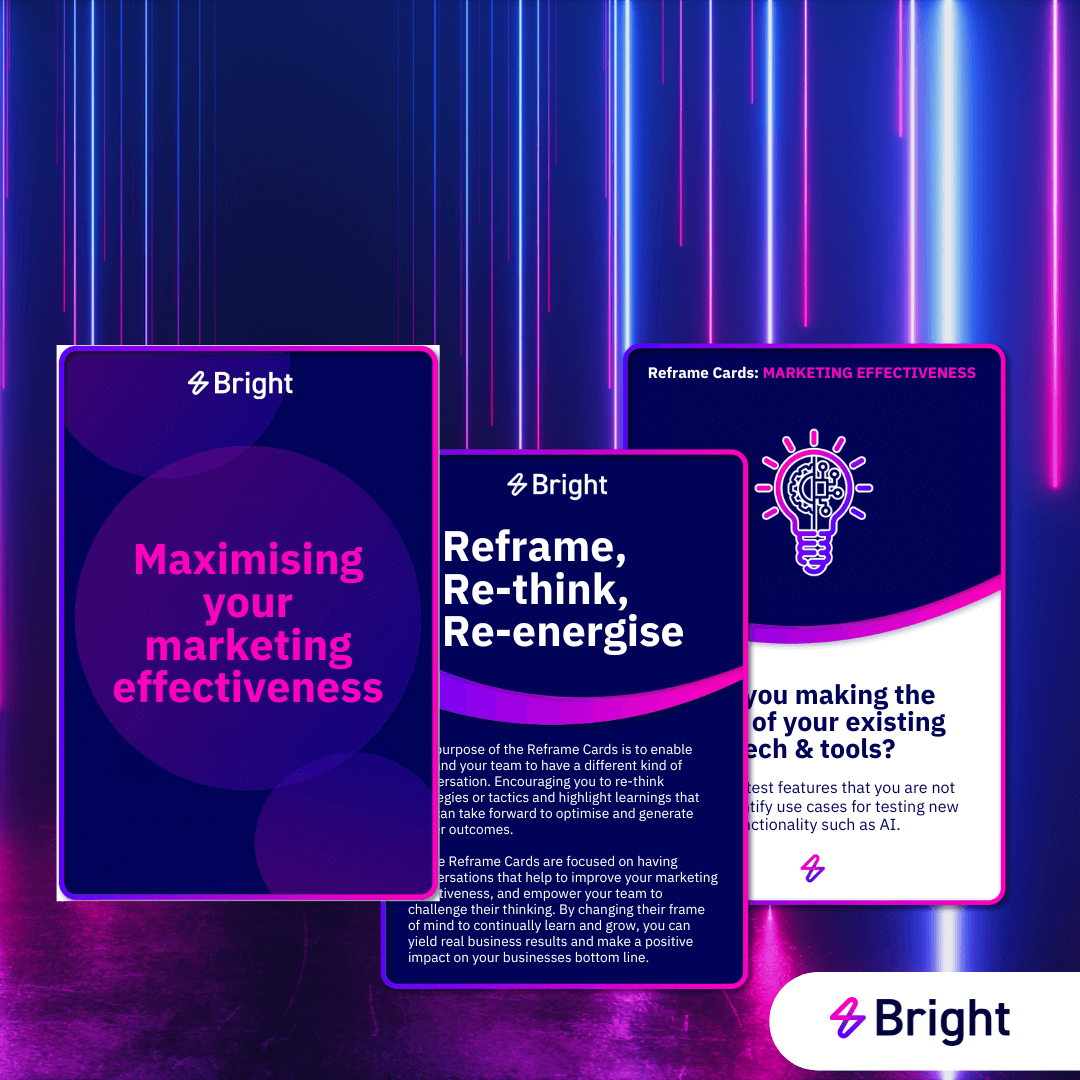
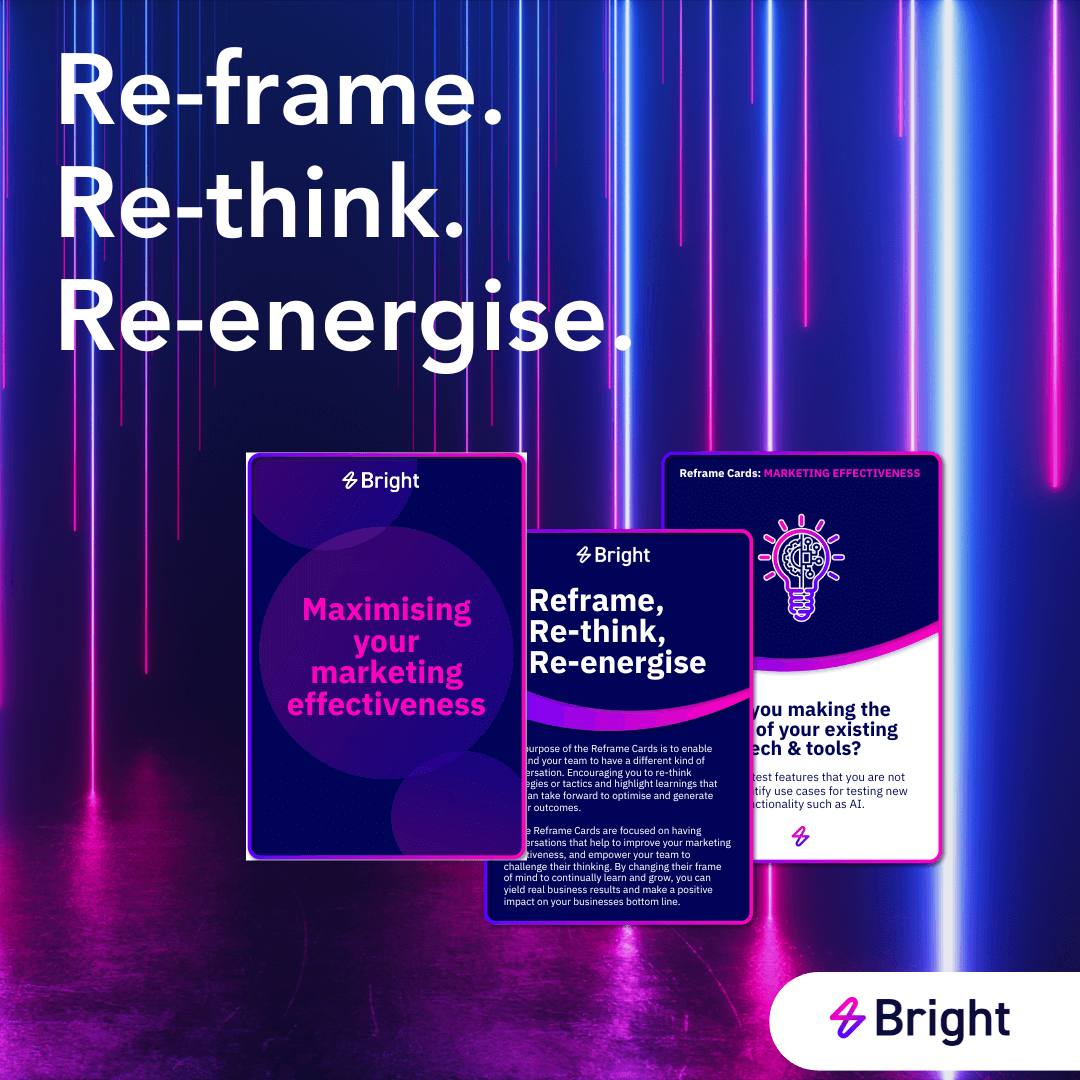
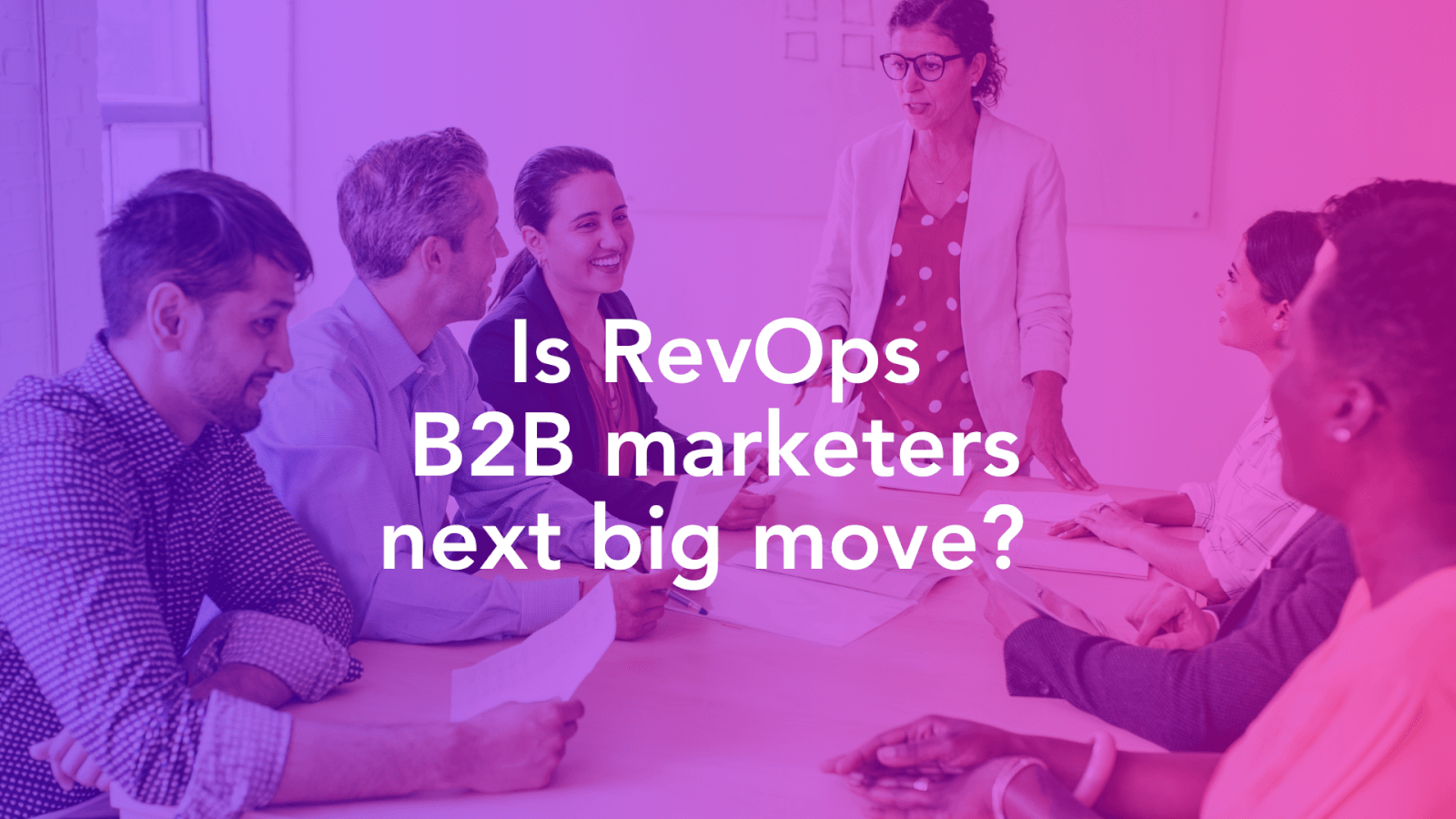

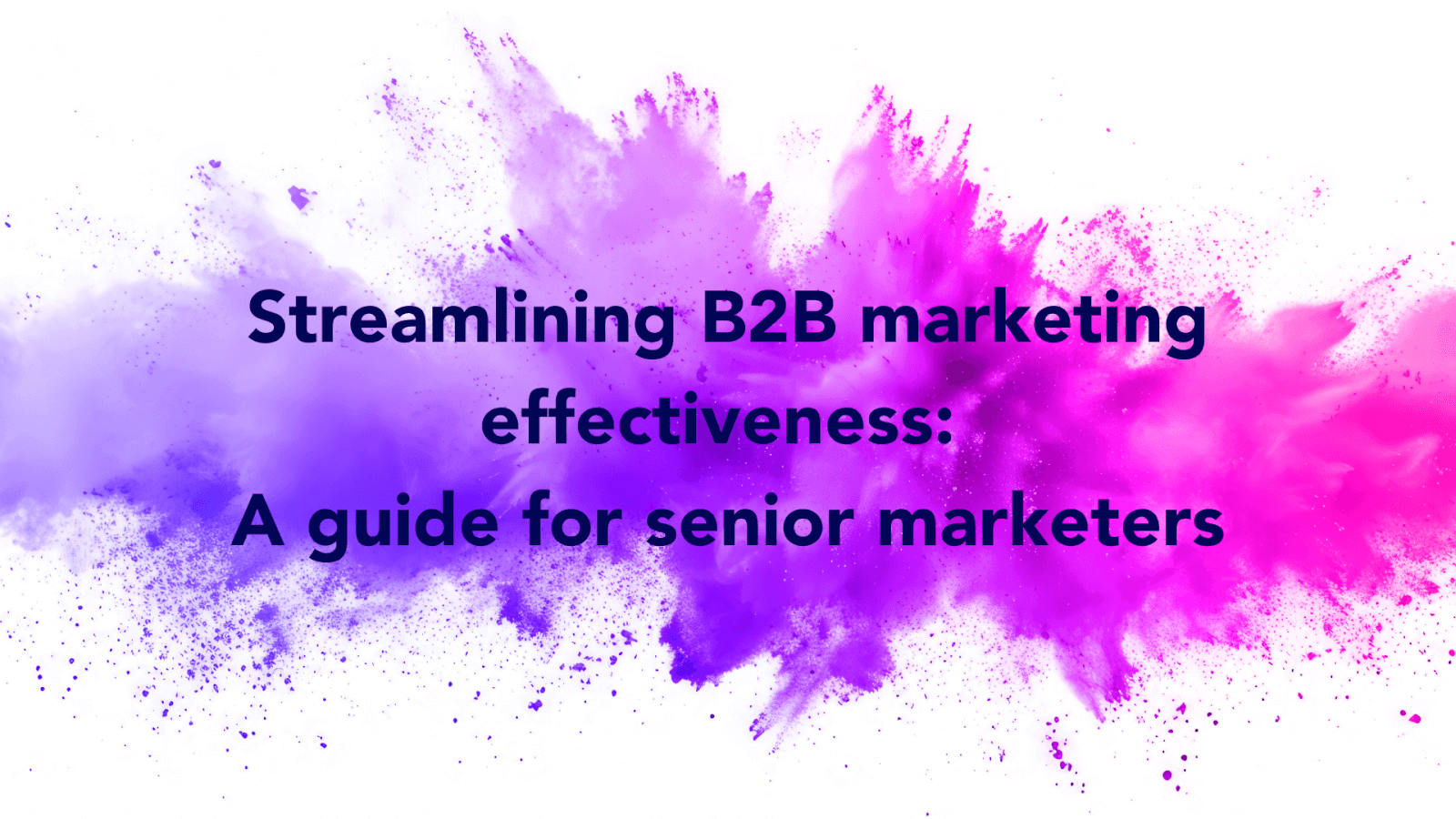
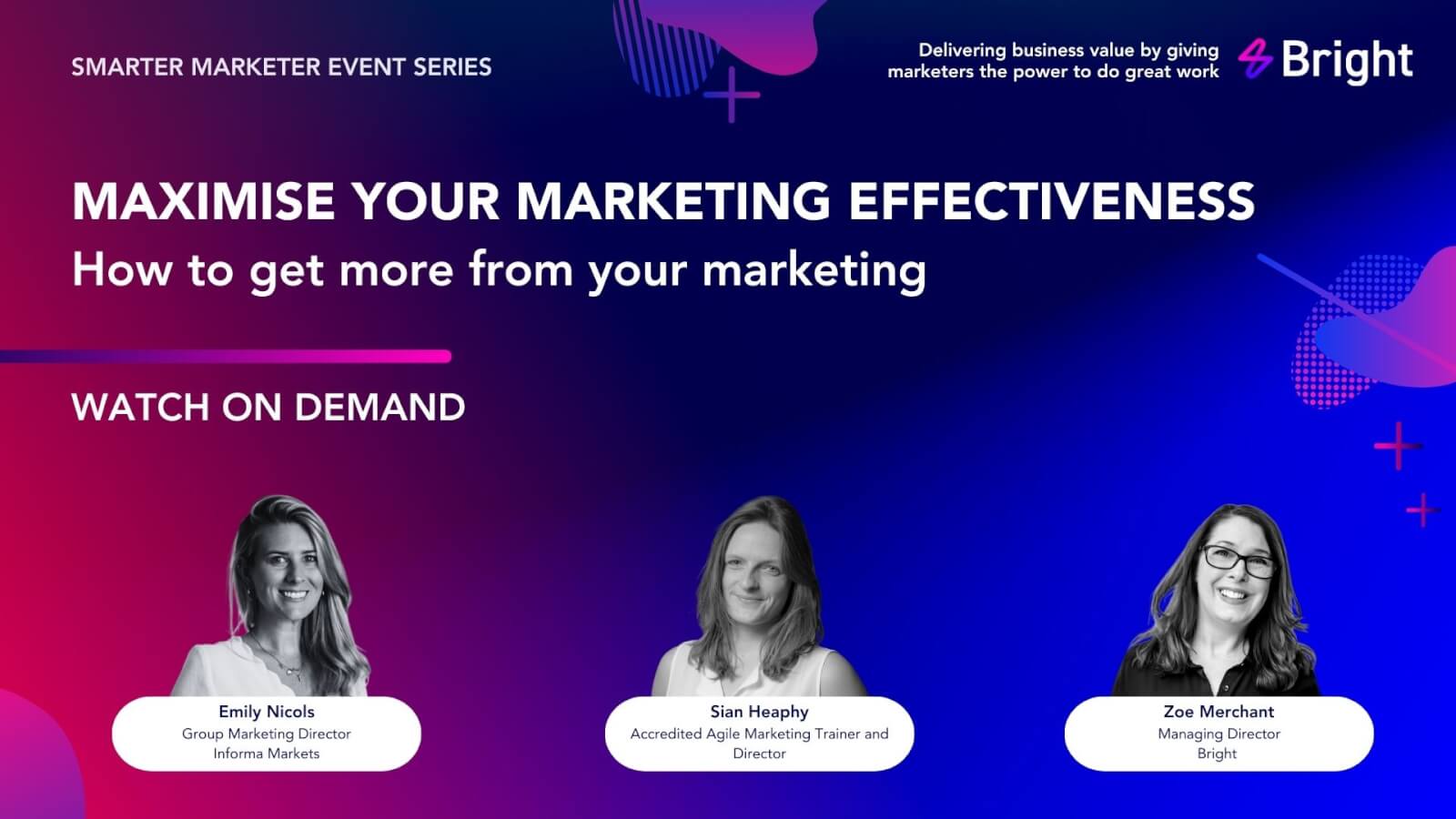
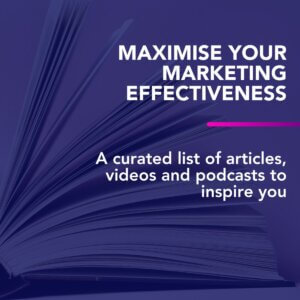




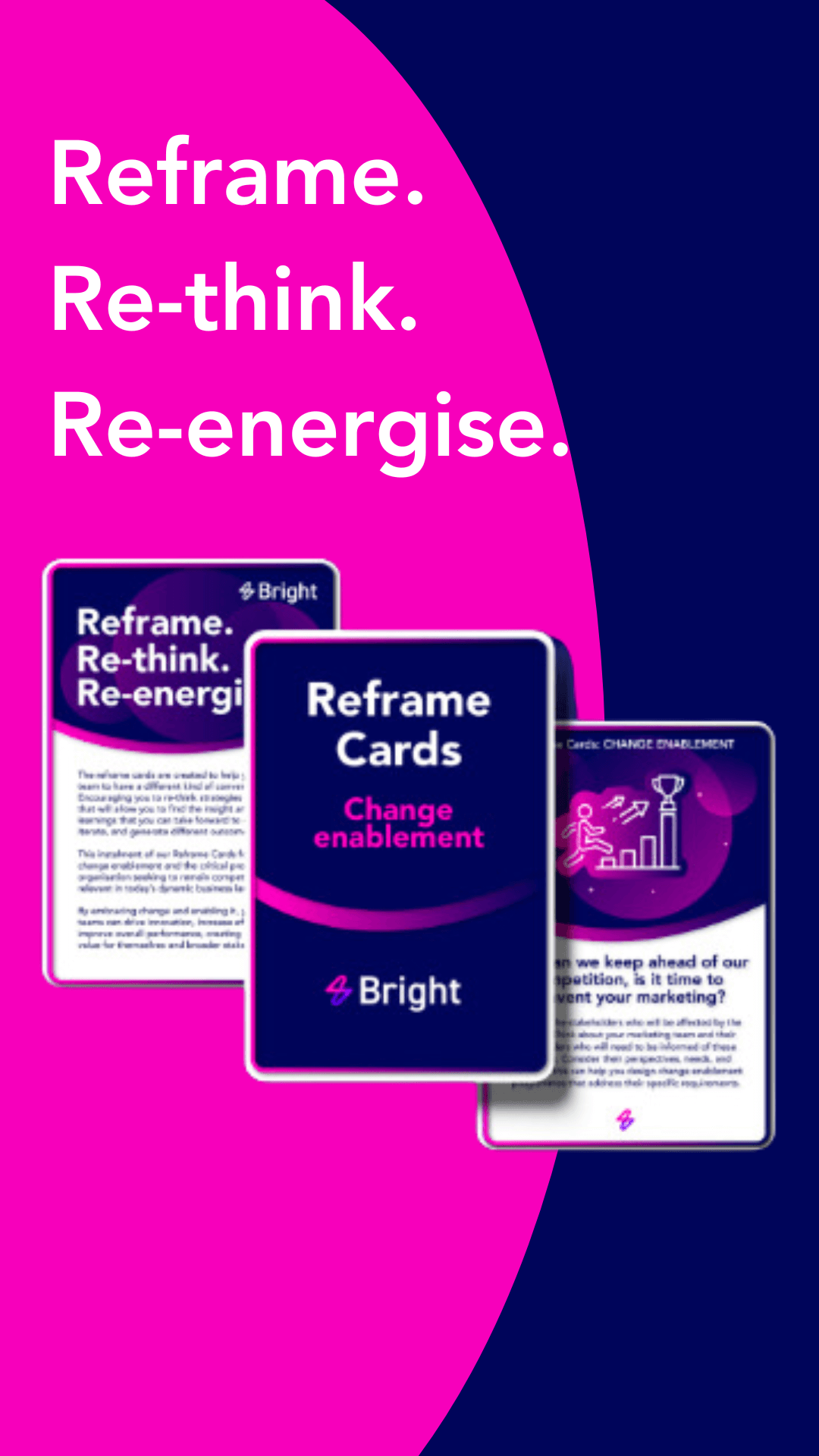
 Design thinking –
Design thinking – 